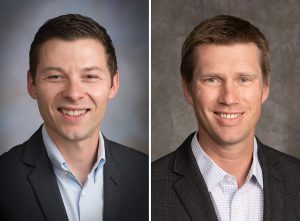 Since the Cameron Peak and East Troublesome fires burned more than 400,000 acres west of Fort Collins, more than 14 Colorado State University researchers have worked to better understand fire impacts on fisheries, water quality, water quantity and ecosystem recovery. Professors Ryan Morrison and Peter Nelson are co-PIs on an Office of the Vice President for Research Quarterly Strategic Investment Proposal that will leverage CSU’s potential to be a national leader in fire impact research and facilitate the development of competitive interdisciplinary grant proposals.
Since the Cameron Peak and East Troublesome fires burned more than 400,000 acres west of Fort Collins, more than 14 Colorado State University researchers have worked to better understand fire impacts on fisheries, water quality, water quantity and ecosystem recovery. Professors Ryan Morrison and Peter Nelson are co-PIs on an Office of the Vice President for Research Quarterly Strategic Investment Proposal that will leverage CSU’s potential to be a national leader in fire impact research and facilitate the development of competitive interdisciplinary grant proposals.
OVPR funded $30,000 of the $75,000 proposal to fill a need for more coordination across research groups to increase the societal impact of existing projects and set up researchers for larger transformative grant proposals. The Department of Civil and Environmental Engineering, Walter Scott, Jr. College of Engineering, College of Agricultural Sciences and Warner College of Natural Resources will provide matching funds, and the Geospatial Centroid and Matt Ross lab will contribute $15,000 in in-kind staffing. Ross is director of the Geospatial Centroid.
The grant will position the Geospatial Centroid as a catalyst for post-fire collaboration across CSU. The Geospatial Centroid, based in CSU Libraries, will host research workshops and an external conference, build an open-source interactive web application that connects all the post-fire data generated at CSU, and provide support to submit competitive external grants to NSF, NASA and DOE.
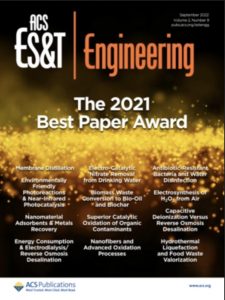 An article co-authored by Assistant Professor Tiezheng Tong and graduate student Yiming Yin has been selected by ACS ES&T Engineering as one of the winners of the journal’s inaugural Best Paper Award. “Wetting, Scaling, and Fouling in Membrane Distillation: State-of-the-Art Insights on Fundamental Mechanisms and Mitigation Strategies” was chosen as one of the best perspective and review articles.
An article co-authored by Assistant Professor Tiezheng Tong and graduate student Yiming Yin has been selected by ACS ES&T Engineering as one of the winners of the journal’s inaugural Best Paper Award. “Wetting, Scaling, and Fouling in Membrane Distillation: State-of-the-Art Insights on Fundamental Mechanisms and Mitigation Strategies” was chosen as one of the best perspective and review articles. Since the Cameron Peak and East Troublesome fires burned more than 400,000 acres west of Fort Collins, more than 14 Colorado State University researchers have worked to better understand fire impacts on fisheries, water quality, water quantity and ecosystem recovery. Professors Ryan Morrison and Peter Nelson are co-PIs on an Office of the Vice President for Research Quarterly Strategic Investment Proposal that will leverage CSU’s potential to be a national leader in fire impact research and facilitate the development of competitive interdisciplinary grant proposals.
Since the Cameron Peak and East Troublesome fires burned more than 400,000 acres west of Fort Collins, more than 14 Colorado State University researchers have worked to better understand fire impacts on fisheries, water quality, water quantity and ecosystem recovery. Professors Ryan Morrison and Peter Nelson are co-PIs on an Office of the Vice President for Research Quarterly Strategic Investment Proposal that will leverage CSU’s potential to be a national leader in fire impact research and facilitate the development of competitive interdisciplinary grant proposals.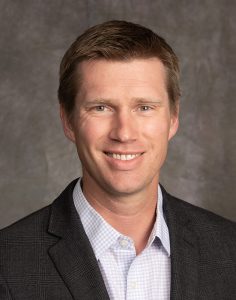 Following recent flash flood warnings in the Cameron Peak burn scar, 9News
Following recent flash flood warnings in the Cameron Peak burn scar, 9News 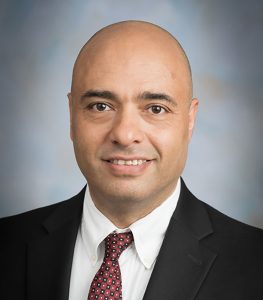 A new study co-authored by Professor Hussam Mahmoud calls for a more strategic and interdisciplinary approach to pursuing wildfire research and protecting vulnerable communities.
A new study co-authored by Professor Hussam Mahmoud calls for a more strategic and interdisciplinary approach to pursuing wildfire research and protecting vulnerable communities.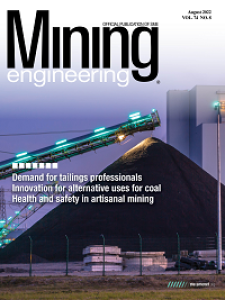 Associate Professors Chris Bareither and Joe Scalia co-authored the lead article in
Associate Professors Chris Bareither and Joe Scalia co-authored the lead article in 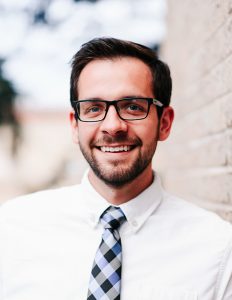 Ph.D. student Brandon J. Perry was awarded third place in an American Society of Civil Engineers student paper competition in the areas of structural health monitoring, system identification, smart materials and structures, and structural control. Perry uses drones to take 3D displacement measurements of structures. He presented his work in June at the ASCE Engineering Mechanics Institute Conference at Johns Hopkins University in Baltimore, Maryland.
Ph.D. student Brandon J. Perry was awarded third place in an American Society of Civil Engineers student paper competition in the areas of structural health monitoring, system identification, smart materials and structures, and structural control. Perry uses drones to take 3D displacement measurements of structures. He presented his work in June at the ASCE Engineering Mechanics Institute Conference at Johns Hopkins University in Baltimore, Maryland.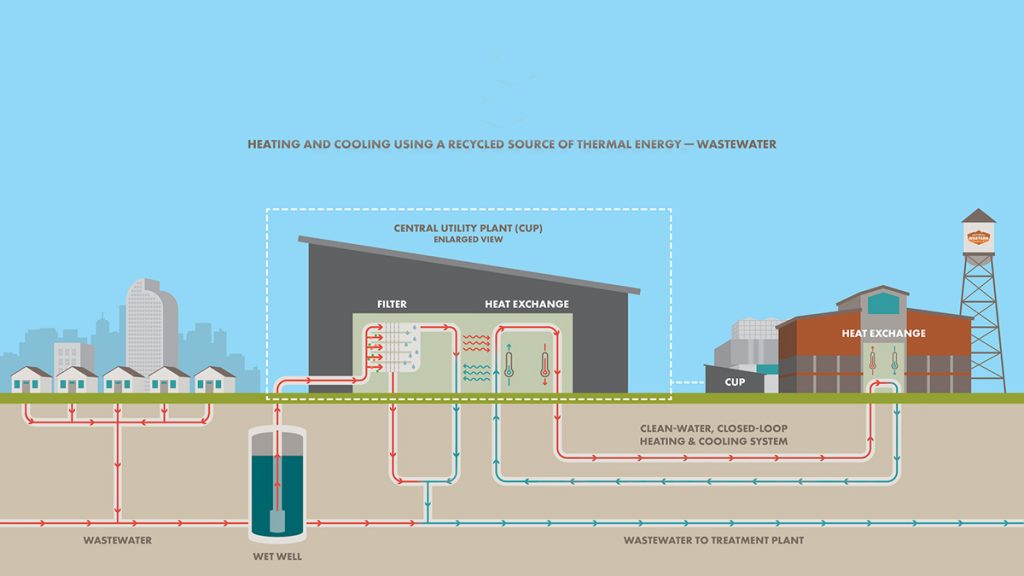
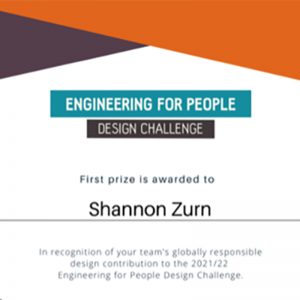 A student team from CIVE 103 placed first in the national competition,
A student team from CIVE 103 placed first in the national competition, 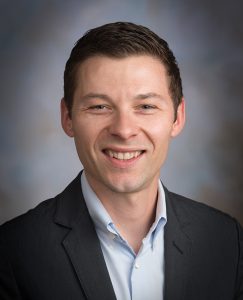 Research by Associate Professor Ryan Morrison is featured in a science news article by Eos, the American Geophysical Union’s news outlet. The article describes a study co-authored by Morrison and Geology Professor Ellen Wohl that was led by Richard Knox from CSU’s Department of Geosciences, who was co-advised by Morrison. They found that the National Levee Database accounts for just one-fifth of the country’s total levee count.
Research by Associate Professor Ryan Morrison is featured in a science news article by Eos, the American Geophysical Union’s news outlet. The article describes a study co-authored by Morrison and Geology Professor Ellen Wohl that was led by Richard Knox from CSU’s Department of Geosciences, who was co-advised by Morrison. They found that the National Levee Database accounts for just one-fifth of the country’s total levee count.